|
LISTEN TO THIS THE AFRICANA VOICE ARTICLE NOW
Getting your Trinity Audio player ready...
|
Response to the pandemic calls for increased spending in healthcare and Biotechnology to bolster U.S. capability in detecting, handling, and preventing future public health crisis of this magnitude.
We have done this before in a smaller but more dramatic crisis that happened not too long ago.
After Sept 11, 2001, terrorist attack in U.S. soil, The U.S. shifted vast amounts of her resources toward national security. To assure the public, President George W. Bush created the Department of Homeland Security. Congress passed the Patriot Act, a law designed to strengthen national security by providing adequate legal protections to investigate and prevent international terrorism.
The U.S. Congress issued The Economic Effects of 9/11, a report evaluating the impact of the attacks on the economy. It recommended swift moves to prevent adverse effects on the economy by instituting mechanisms to instill consumer and business confidence that America was a safe country.
Congress also passed legislation allocating hundreds of billions of dollars to The Pentagon. The military used the money to hire more soldiers, pay-off collaborators in warzone areas, buy more weapons, and military equipment, creating thousands of new jobs in the defense industry.
COVID-19 pandemic is a much bigger crisis than 9/11, and it requires a more robust response to stem the devastation. The U.S. government has made significant steps, similar to those used to fight the 2008 economic crisis, such as issuing stimulus checks and forgivable business loans to reduce public anxiety and keep businesses from shuttering.
Despite the government’s efforts, job losses across the U.S. continued at alarming rates, pushing unemployment levels close to 13 percent. It does not help that several large businesses have filed for bankruptcy, laying-off thousands in the process.
For its part, the government is scrambling to find ways to employ Americans who are suddenly out of work.
Post pandemic, those previously laid off or furloughed should consider this a good time to survey their skill sets and consider pivoting into careers into biotechnology (Biotech) sector.
Biotech is defined as the manipulation of living organisms such as living cells and bacteria, or their components, to produce useful, usually commercial products such as new kinds of medicine.
Unfortunately, most people don’t realize that Biotech jobs are not restricted to lab coat wearing biologists and chemists; but include many diverse roles similar to running a small city.
There is no better time to pivot into a Biotech career than the current post-pandemic environment. The biotech industry has a growth potential from a market size of 399.4 billion dollars in 2017 to 775 billion dollars by 2025, according to the Global Market Insights report published in November 2019.
Drivers for this growth include innovative technologies such as gene therapy and cell therapy, big data analysis and bioinformatics, the presence of favorable government initiatives, and growing incidents of chronic diseases worldwide.
The last two drivers may be essential to Biotech surpassing its growth projections, with governments providing unprecedented, favorable regulatory initiatives than before. Combined with access to a world market where the word pandemic is no longer just a word in a fictional movie, but a real-life possibility.
For instance, we have seen the federal government relax regulations to allow faster approval of clinical trials to speed up the effort toward producing COVID-19 vaccines.
We have also seen a change in H-1B visa regulations with the current executive order banning immigration. H-1B visas are issued after an American company argues that they tried and failed to find a local candidate to fill a key position within their company, leaving them no option but to offer a foreign national the job via sponsoring them for an H-1B temporary work visa.
In 2019, the government approved over 300,000 such H-1B visa jobs. Because of the new rules geared toward forcing American companies to find local talent, many H-1B visas are now in limbo.
Combining the above factors will make Biotech’s growth rate higher than projected and associated careers more secure for Americans.
Combining the above factors will make Biotech’s growth rate higher than projected and associated careers more secure for Americans.
The COVID-19 pandemic also creates sustained goodwill from the public for the Biotech industry, which will fuel the fire to further relaxation of regulations on innovative Biotech firms. These may lead to reduced timelines to market due to significantly lower costs of research and development, making venture capital and hedge fund investments into Biotech more attractive due to faster return on investment than the typical.
Reduced access to highly-skilled H-1B visa holders, begs the question, who will do their work? Covering for this deficit in the job market means the government must invest heavily in Science Technology Engineering and Math (STEM) within the U.S. to build local talent.
Such an arduous undertaking will have to come in the form of scholarships for students or professional schools to prepare homegrown talent to take these jobs that boasts an attractive average salary of $98,000 per year.
Career paths in the Biotech sector are also very diverse and fluid. With some effort, Biotech career roles can be changed throughout someone’s career if they are willing to make some sacrifices and have support from their organization’s leadership. It’s typical for scientists to go from lab-bench research to business development and commercial consulting where they don’t require bench research but always use this previous domain knowledge.
I posit, therefore, it’s feasible, that one can pivot into any particular role listed in the flow chart above because they all don’t just rely on domain knowledge, but also a lot of relationship labor and on-the-job learning.
Someone needs to give you a shot at a career path that you can grow into; Biotech may be especially useful for students who are unsure of one particular track but have time to sample different roles through internships before graduating and entering the workforce.
At first instinct, some may try to refute my argument, but this happens all the time when our service members join the workforce. They leverage what they learned in the armed forces by surveying their core competencies, augmenting it with minimal education to cover where they are deficient, and entering into successful second careers.
For example, a retail store buyer, who traveled around the world identifying the most trending outfits for the season, can easily pivot and start a new career as a buyer for a biotech firm and manage billions of dollars worth of equipment and material purchases that scientists use to make medications.
Or if you were a talented machinist or mechanic, you can work at a biotech facilities group and manage the restoration of building HVAC systems, maintenance of autoclave and steam cleaning systems, and fixing simple and complex machines used in the production processes.
If you have inside or outside sales experience, you could use the skill to sell products, services, or equipment via companies that serve innovative biotech companies. All these roles are vital to the success of biotech and pharmaceutical products of the future.
These are just simple examples, but the opportunity for a second career in Biotech is possible for those who can think outside the box.
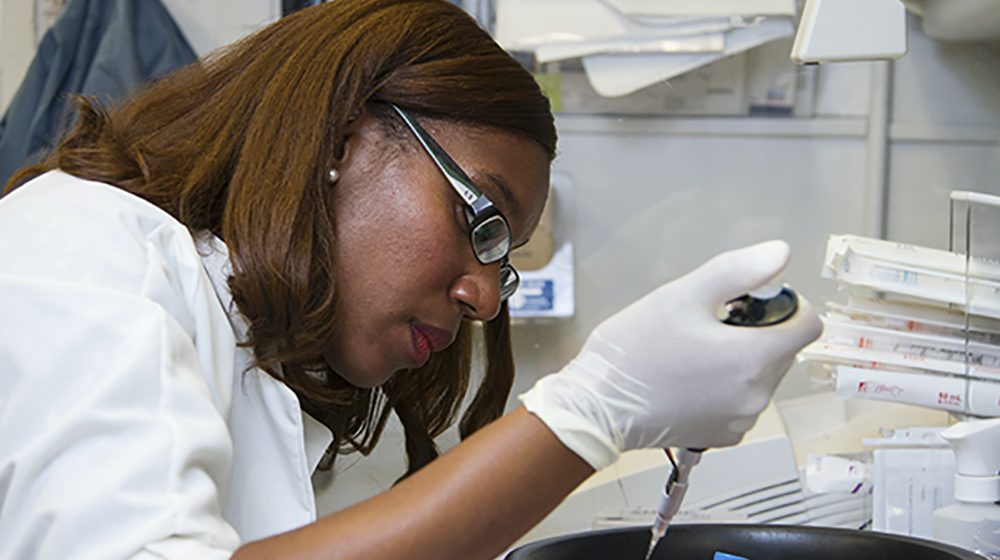
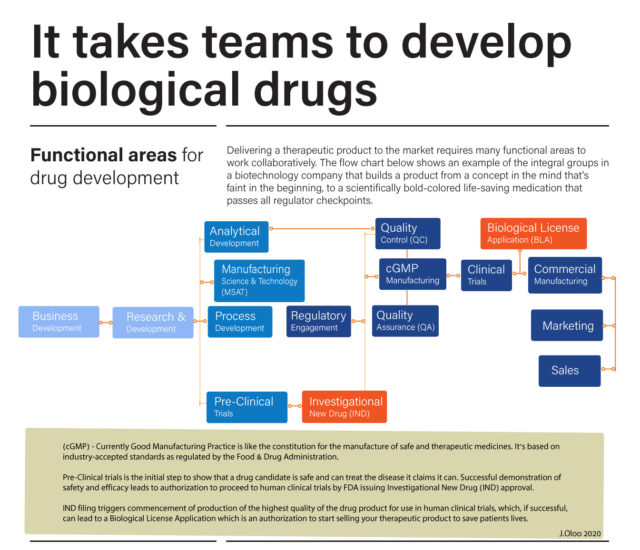


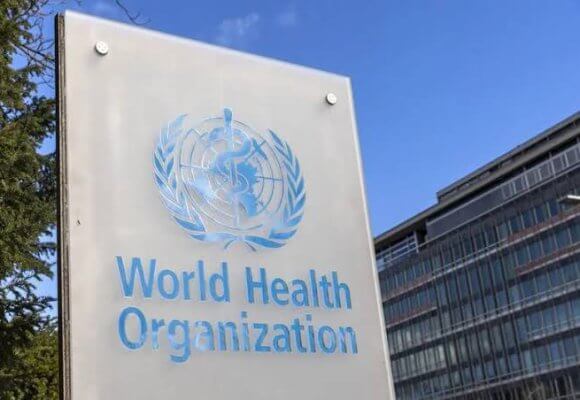
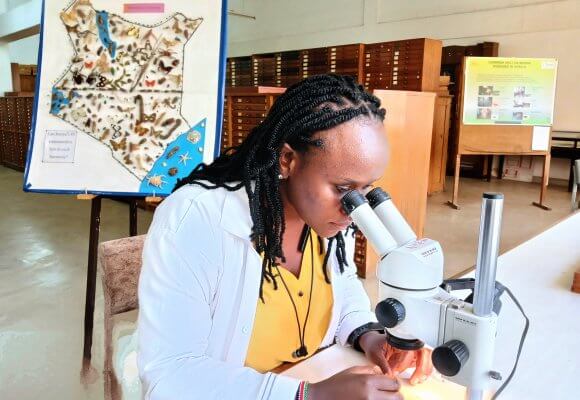

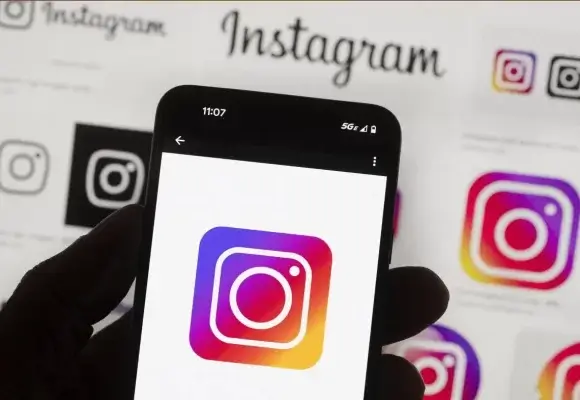
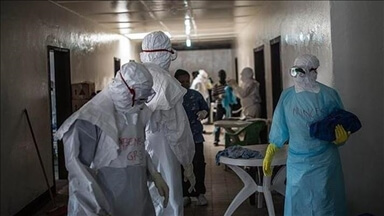
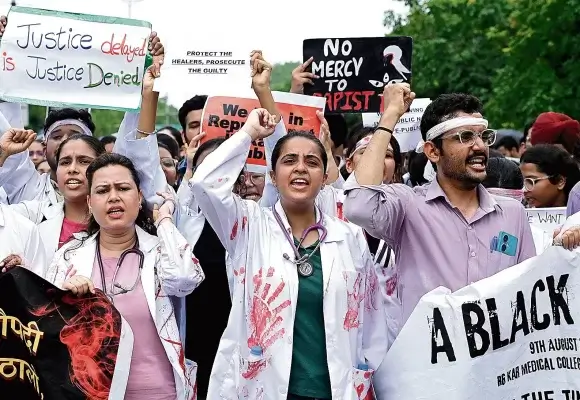


LEAVE A COMMENT
You must be logged in to post a comment.